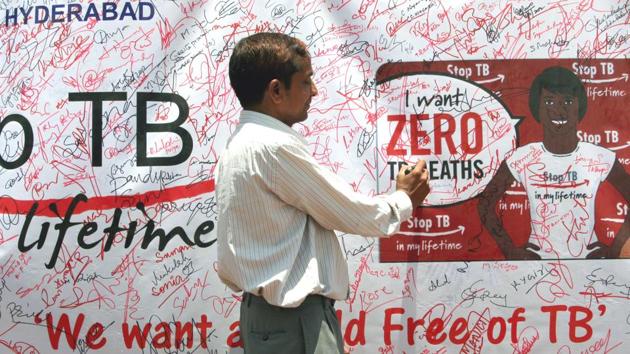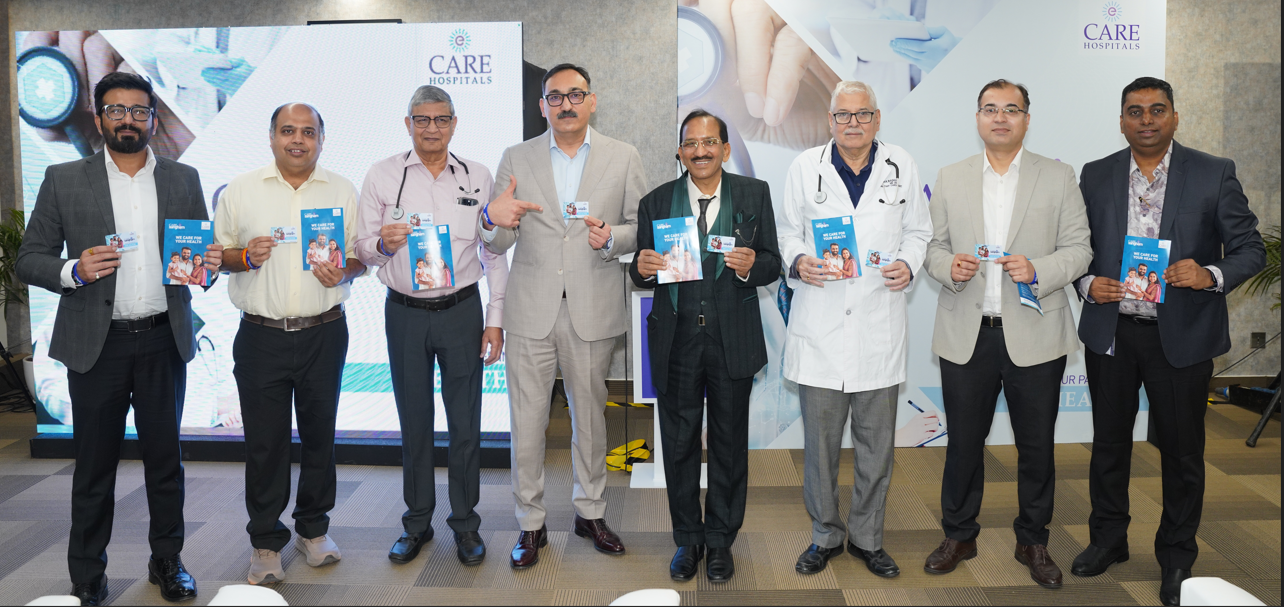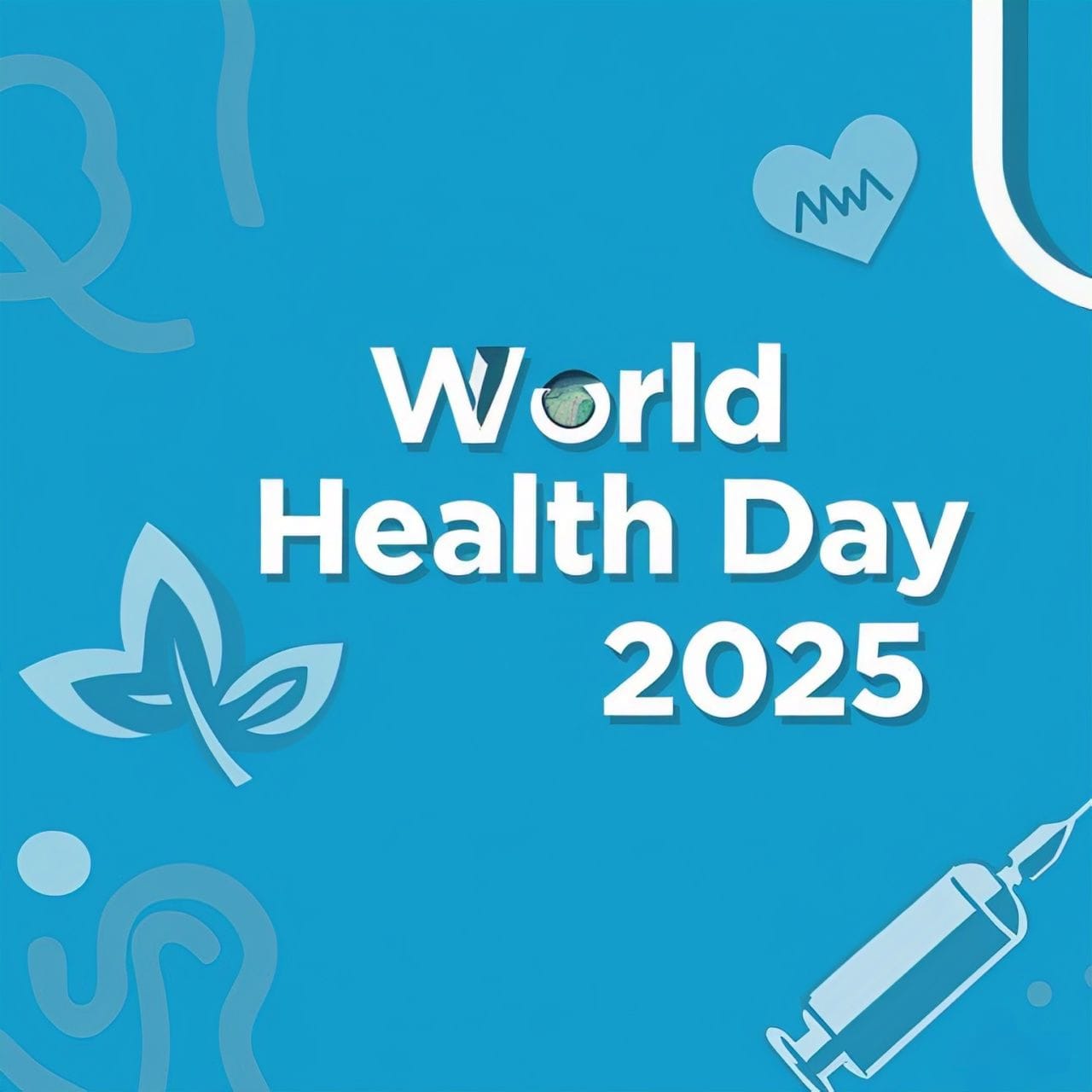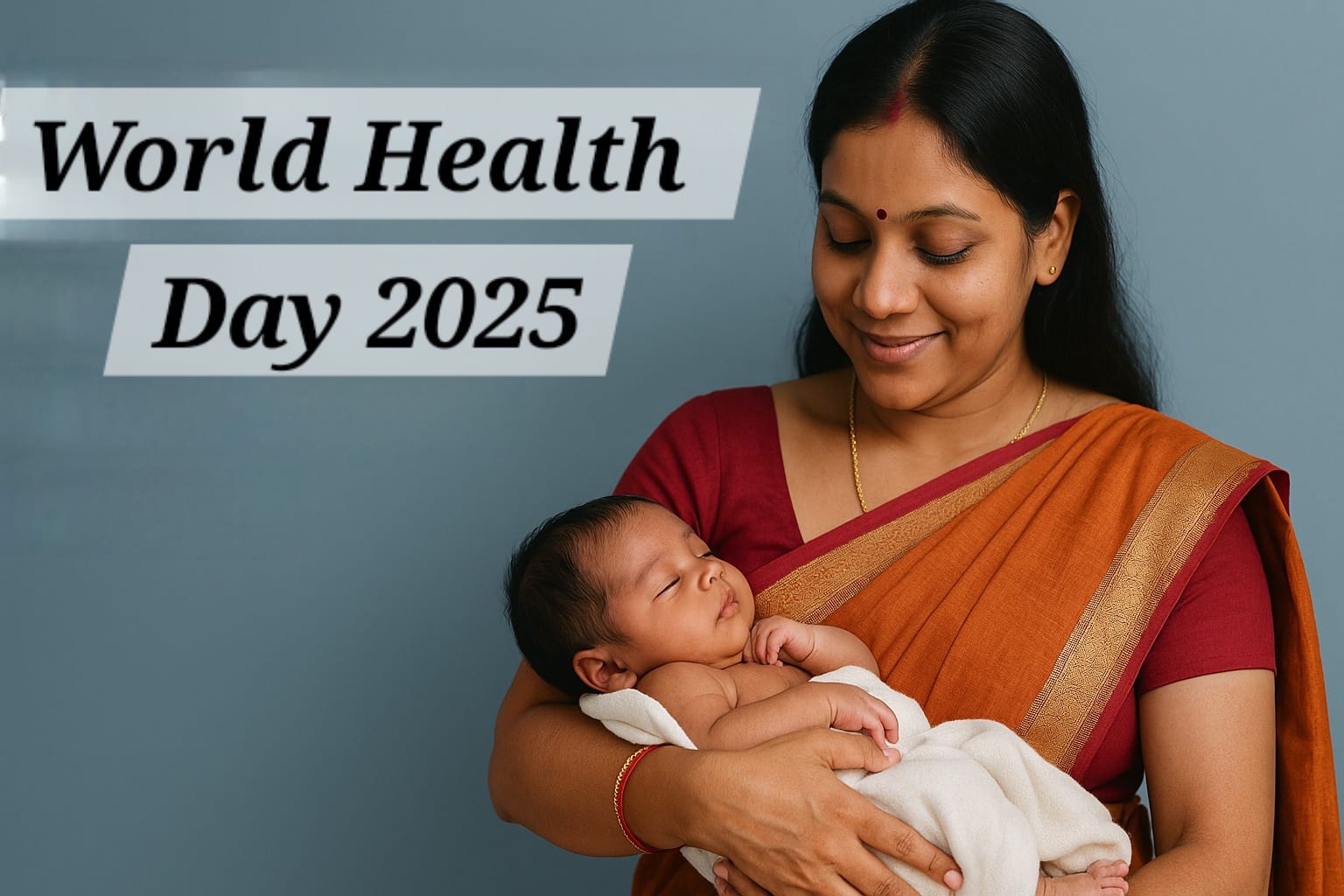Tuberculosis (TB), a disease once feared as a death sentence, remains a significant health challenge globally, and India bears the heaviest burden. Yet, amidst this daunting reality, the country is charting a path towards a TB-free future with determination and innovation. The National TB Elimination Programme (NTEP), an initiative under the National Health Mission (NHM), stands as a testament to India’s commitment to ending this disease. Through comprehensive measures addressing diagnosis, treatment, and the root causes of TB, India is on a mission to eliminate the disease by 2025.
India’s fight against TB is multifaceted, targeting the clinical aspects and the social factors that enable the disease to thrive. The NTEP focuses on three pillars: early detection, timely treatment, and addressing social determinants. These efforts have already yielded results, with the country achieving a 17.7% decline in TB cases, from 237 cases per 100,000 population in 2015 to 195 cases per 100,000 population in 2023. TB-related deaths have also decreased by 21.4%, signalling a promising trajectory towards achieving the nation’s ambitious goals.
The NTEP’s National Strategic Plan integrates various approaches to ensure that TB is not only treated but also prevented. This includes:
Case Finding and Contact Tracing: Active surveillance in high-risk populations to detect cases early.
Airborne Infection Control: Measures to limit the spread of TB in crowded and high-risk environments.
Engagement with the Private Sector: Collaboration with private healthcare providers to ensure standardized and accessible care.
Quality-Assured Treatment: Providing free, high-quality drugs to all TB patients, ensuring adherence to treatment protocols.
These initiatives work to ensure that every TB case is identified, treated, and managed effectively.
Despite the progress, India accounted for 26% of the global TB cases in 2023, as per the WHO Global TB Report 2024. This alarming statistic highlights the need for intensified efforts. The government’s National TB Prevalence Survey, spanning 20 states, revealed a prevalence rate of 312 cases per lakh population. Such data has been instrumental in reshaping the NTEP’s strategy, with a sharper focus on vulnerable and high-burden areas.
The government has rolled out specific measures to combat TB more effectively, particularly in regions and populations most at risk. These include:
Free Drugs and Diagnostics: Ensuring every TB patient has access to the necessary medications and diagnostic tests without financial barriers.
Special Campaigns: Early detection drives aimed at vulnerable populations, including malnourished children, migrant workers, and urban poor.
Integrated Schemes: The Ayushman Arogya Mandir scheme now includes TB services, creating a holistic healthcare network.
Such targeted interventions have not only improved access to care but also reduced the stigma surrounding TB.
Accurate and early diagnosis is crucial in controlling TB. To this end, the government is rapidly expanding molecular diagnostic laboratories across the country. These facilities offer cutting-edge tools to identify TB strains and drug resistance patterns, enabling timely and appropriate treatment.
Another key initiative is the Nikshay Poshan Yojana, which provides nutritional support to TB patients. Recognizing that malnutrition weakens immunity and exacerbates TB, this program offers monthly food assistance to patients, ensuring they have the strength to recover and adhere to their treatment regimen.
In a bold move to involve the community in the fight against TB, the government has introduced the Nikshay Mitra initiative. This program pairs TB patients with community volunteers or organizations, who provide:
Nutritional support to help patients combat the disease.
Access to diagnostic and healthcare services.
Vocational training to aid recovery and reintegration into society.
This initiative not only supports individual patients but also grows a sense of collective responsibility, reducing the isolation and stigma often associated with TB.
One of the most challenging aspects of TB control is tackling the stigma that prevents people from seeking help. Fear of judgment or discrimination often leads to delays in diagnosis and treatment, allowing the disease to spread. The government’s awareness campaigns aim to change this narrative, educating communities about the curable nature of TB and encouraging a supportive environment for patients.
Union Minister of State for Health and Family Welfare, Anupriya Patel, has expressed confidence that the measures under NTEP will enable India to achieve its TB elimination goal by 2025. While this target is ambitious, the government’s multi-sectorial approach and focus on innovation provide a strong foundation for success.
India’s efforts to combat TB have garnered international attention, serving as a model for other high-burden countries. The integration of advanced diagnostics, community engagement, and socio-economic support has shown that eliminating TB is not just a medical challenge but a societal one.
The fight against TB is far from over, but India’s progress under the National TB Elimination Programme offers hope. By addressing the root causes of the disease, empowering communities, and leveraging innovative strategies, the country is leading the way for a healthier future. As the 2025 deadline approaches, the collective efforts of the government, healthcare providers, and citizens will determine the success of this mission.
Tuberculosis is a battle we cannot afford to lose and with determination, collaboration, and compassion, it is a battle we are poised to win

 The fight against TB is far from over, but India’s progress under the National TB Elimination Programme offers hope.
The fight against TB is far from over, but India’s progress under the National TB Elimination Programme offers hope.










.jpeg)






.jpeg)





.jpeg)



.jpeg)
.jpeg)
